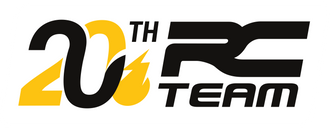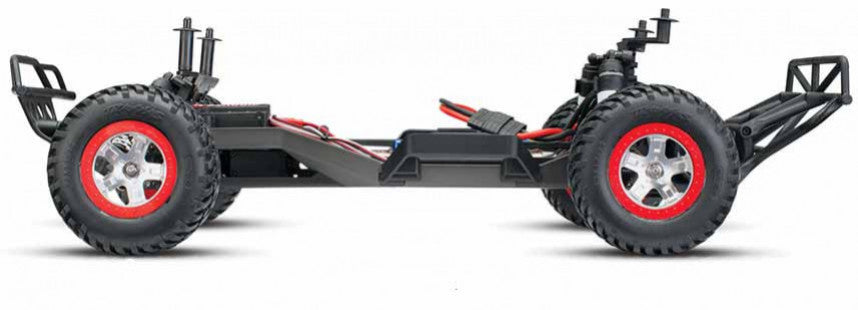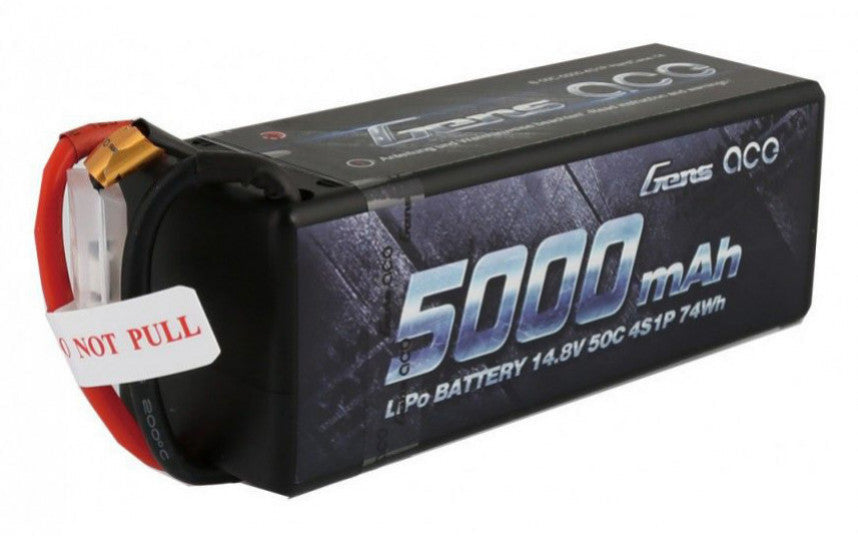Tuning your chassis allows you to personalize your car so that it best meets your expectations in terms of ease of driving and performance. You should know that handling and performance do not necessarily go hand in hand and that adjusting the chassis requires making choices and finding the best compromise. We will explain some simple adjustments and the impact they will have on your driving so that your car suits you best.
Ground clearance
Ground clearance , or ride height , is the height between the chassis and the ground. Depending on the type of track on which you practice, it must be more or less important. On bumpy tracks, it must be high enough to be able to go over the bumps without damage. On very smooth tracks, PN can lower the ground clearance, which allows the car to take turns more quickly by reducing body roll.

The plate
When looking at the car in profile, the trim is the position of the chassis relative to the ground: it can be sloping if the ground clearance is shorter at the front or pitched up if the ground clearance is shorter at the rear. 'back.
- When the car is lower at the front than at the rear ( plunging attitude ), we increase traction but we lose damping.
- When the car is lower at the rear than at the front ( nose-up attitude ), we improve the damping but we lose traction.
Dipping plate

Rearing attitude

Wheelbase
Wheelbase is the distance between the front and rear axles.
- A long wheelbase improves the stability of the car which is advantageous on bumpy terrain.
- A short wheelbase improves the liveliness and precision of the car.

The way
The track is the distance between the outside of the two wheels of the front axle or the rear axle. The wider the track, the more stable the car but the more it becomes understeer. The narrower the track, the more dynamic the train is, but it loses stability and therefore risks rolling over more.

Anti-roll bars
Anti-roll bars , or stabilizer bars , connect the left and right suspension arms of the same train in order to limit the inclination that the car takes during a turn.
- On the front axle , it stabilizes the car and prevents the front axle from "cracking", which gives stability and steering to the car. A lack of front anti-roll bar causes the front axle to “crash” just before turning (this gives a lot of grip). However, some pilots prefer to favor damping by removing it.
- On the rear axle , it takes away traction from the car but improves stability and steering. An anti-roll bar that is too “hard” deteriorates cornering damping and increases the risk of oversteer.
The hunt
When looking at the chassis in profile, the caster angle designates the angle formed by the axis of the spindle and the vertical. A high caster angle improves the car's stability during acceleration, steering at high speeds and prevents the front end from crashing when decelerating, while a low angle improves steering at low speeds and allows less understeer. upon acceleration.

Pinch and Open
Toe and toe correspond to the angle of the wheels in relation to the chassis axis of the front and rear axles. When the wheel axis is positive, that is to say that it converges towards the front, we speak of toe , when it is negative, that is to say that it converges towards the rear, we speak of opening . This angle must be the same on both sides of the train. On the front axle, we prefer to give the wheels opening while on the rear axle we prefer to give the wheels toe.
- On the front axle , the larger the opening, the easier it is to exit a corner and the more stable the car. Conversely, the less pronounced the opening, the easier it is to enter the turn but harder to exit it.
- On the rear axle , the greater the toe-in, the more stability you gain when accelerating and maintaining direction. Traction when exiting a turn will also be important but the train may have a tendency to stall. Note that we never put an opening on the rear axle.

The camber
Camber is the angle the wheel makes with a vertical axis when looking at the car from the front. If the wheels are spread upwards, we say that the camber is positive, in the opposite case we say that the camber is negative. Only negative camber is used. It is important to limit the camber angle to -1° to -3° to prevent the train from stalling violently.
- The more negative camber is on the front axle , the more we increase the directivity and traction of the radio-controlled car.
- The more negative camber is on the rear axle , the more we increase the grip and traction of the radio-controlled car.





